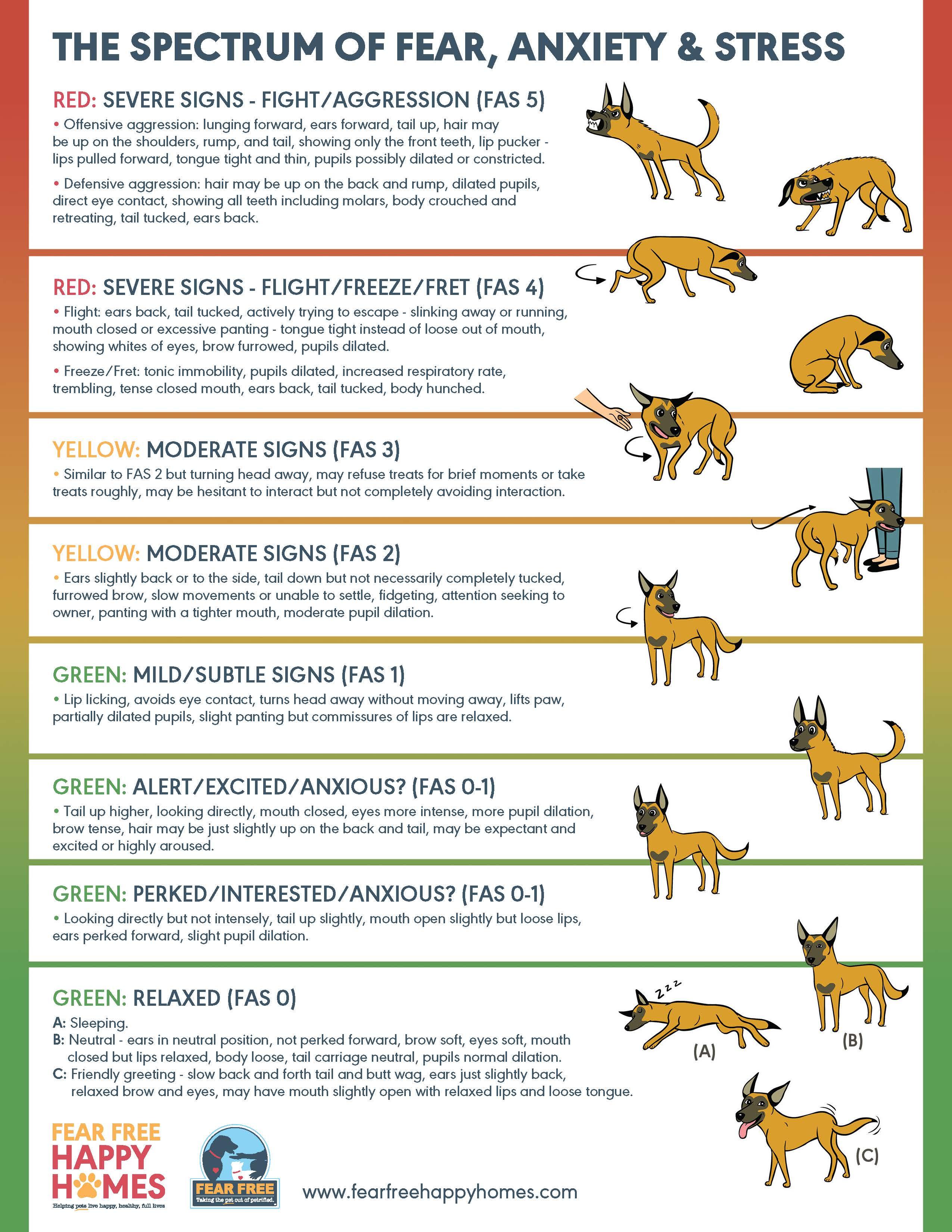Understanding the Impact of Early Life Stress on Pet Behavior

Pets bring immense joy and companionship into our lives, often becoming cherished members of our families. However, just like humans, they can experience stress, particularly during their early developmental stages. Understanding how early life stress affects pet behavior is crucial for pet owners and animal lovers alike, as it can significantly influence the emotional and physical well-being of our furry friends. In this article, we will explore the various types of stressors that young pets might encounter, how these experiences can shape their behavior, and what we can do to help them lead happy, healthy lives. By gaining insight into the impact of early life stress, we can better support our pets in overcoming challenges and fostering positive behaviors, ensuring a harmonious relationship that benefits both pets and their human companions.
Identifying Signs of Early Life Stress in Pets
Recognizing the indicators of stress in pets during their formative years can be crucial for their long-term well-being. Behavioral changes are often the most noticeable signs, manifesting as excessive barking or meowing, withdrawal from social interactions, or sudden aggression. Pets that have experienced early stress might also display destructive behaviors, such as chewing furniture or digging excessively. These actions are not just acts of defiance but can be cries for help or attempts to self-soothe.
Additionally, look out for physical symptoms that may point to stress. These can include digestive issues, like vomiting or diarrhea, and changes in appetite, either eating too much or too little. Some pets may also develop skin problems, such as excessive grooming leading to bald patches or sores. Understanding these signs can help pet owners take early steps to address stress, ensuring a healthier and happier life for their furry companions.
How Early Experiences Shape Your Pets Behavior
From the first wag of a tail or purr of contentment, a pet’s early experiences play a crucial role in shaping their behavior. Just like humans, the formative period in a pet’s life is marked by rapid development and learning. Positive interactions during this time can foster traits such as trust, sociability, and curiosity. Conversely, negative experiences or stress can lead to behaviors that might manifest as anxiety, aggression, or fearfulness. Understanding this, pet owners can take proactive steps to create nurturing environments that promote healthy development.
- Socialization: Introducing pets to a variety of people, animals, and environments can build confidence and adaptability.
- Consistent Routine: Establishing a predictable daily schedule helps pets feel secure and reduces anxiety.
- Positive Reinforcement: Rewarding good behavior with treats, affection, or playtime encourages desirable actions.
By paying attention to these early experiences, pet owners can significantly influence their furry friends’ future behavior, ensuring a happier and more harmonious household.

Practical Strategies for Supporting Stressed Pets
Understanding and addressing the stress experienced by pets early in life is crucial for their long-term well-being. To help your pet feel more secure and less anxious, consider integrating some practical strategies into your daily routine. Start by establishing a consistent schedule. Pets thrive on predictability, so feeding, walking, and playtimes should occur at the same times each day.
- Create a safe space: Designate a quiet, comfortable area in your home where your pet can retreat when feeling overwhelmed.
- Engage in regular exercise: Physical activity can be a great stress reliever for pets, helping to burn off excess energy and promote relaxation.
- Use positive reinforcement: Reward calm and relaxed behavior with treats or affection to encourage more of the same.
- Consider calming aids: Products such as pheromone diffusers, calming collars, or supplements can help reduce stress levels.
Additionally, enrichment activities such as puzzle toys or training sessions can stimulate your pet’s mind and provide a constructive outlet for stress. Regularly monitor your pet’s behavior and consult with a veterinarian if stress seems to persist, as they can offer tailored advice and solutions. By implementing these strategies, you can help create a nurturing environment that supports your pet’s emotional health.

Creating a Nurturing Environment for Your Furry Friend
Creating a safe and loving environment for your pet is crucial in mitigating the effects of early life stress, which can significantly shape their behavior. Pets, much like humans, can be profoundly affected by the experiences they encounter during their formative weeks and months. A nurturing environment not only helps in minimizing anxiety and fear but also fosters a sense of security and trust. To cultivate such a space, consider the following elements:
- Consistency: Establish a routine for feeding, playtime, and rest. Predictability in their daily activities helps reduce stress and confusion.
- Safe Spaces: Provide a cozy and private area where your pet can retreat to feel safe and relaxed.
- Positive Reinforcement: Encourage good behavior with treats and affection, reinforcing their sense of accomplishment and confidence.
- Socialization: Gently expose your pet to different environments, people, and other animals to build their social skills and adaptability.
- Enrichment Activities: Engage their minds with toys and games that challenge them and keep boredom at bay.
By focusing on these aspects, you can help your pet overcome early stressors and develop into a well-adjusted and happy companion. Remember, the love and effort you invest in creating a nurturing environment will significantly influence their behavior and well-being throughout their lives.



